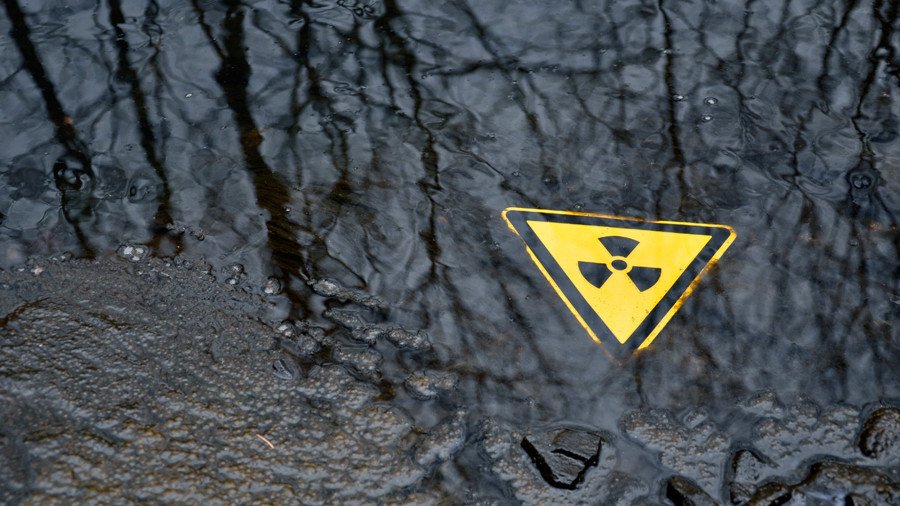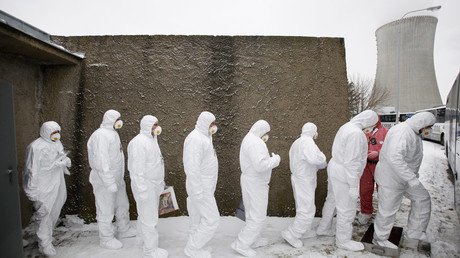Mysterious enriched uranium particle detected in skies over Alaska

Scientists have found a “highly unusual” particle enriched with uranium in the skies over Alaska’s Aleutian Islands. The source of the substance, which is typically used in nuclear fuel and bombs, is still unclear.
The mysterious substance “containing a very small amount of enriched uranium” was found at an altitude of 7km (4.3 miles) above Alaska's Aleutian Islands, according to a report issued by the Journal of Environmental Radioactivity.
It is the first time the group of US scientists has detected enriched uranium-235 in their 20-year study. They were making no special attempt to sample radioactive material, when they came across it during a routine flight to check atmospheric conditions in August 2016.
“During 20 years of aircraft sampling of millions of particles in the global atmosphere, we have rarely encountered a particle with a similarly high content of 238U [uranium-238] and never a particle with enriched 235U [uranium-235],” an abstract from the article says, with the full study to be published in April.
However, the radioactive element is not believed to have any significant impact on the atmosphere, especially given that it was alone and has a tiny size - 580 nanometers (around half the size of a red blood cell), according to Live Science, citing the article.
The scientists are now struggling to find the prime source of the unusual finding and how it got there. The study only vaguely suggests that “the particle could have originated from a variety of areas across Asia” without elaborating. However, it is clear that the particle is "definitely not from a natural source," according to one of the authors, Dan Murphy, cited by Gizmondo.
The researchers hope that the paper will facilitate their work as their colleagues might provide them with help on understanding where the bizarre particle came from.
“We’re hoping that someone in a field that’s not intimately associated with atmospheric chemistry can say ‘a-ha!’ and give us a call,” Thomas Ryerson, one of the researchers from the National Oceanic and Atmospheric Administration (NOAA), told Gizmodo.
If you like this story, share it with a friend!
















